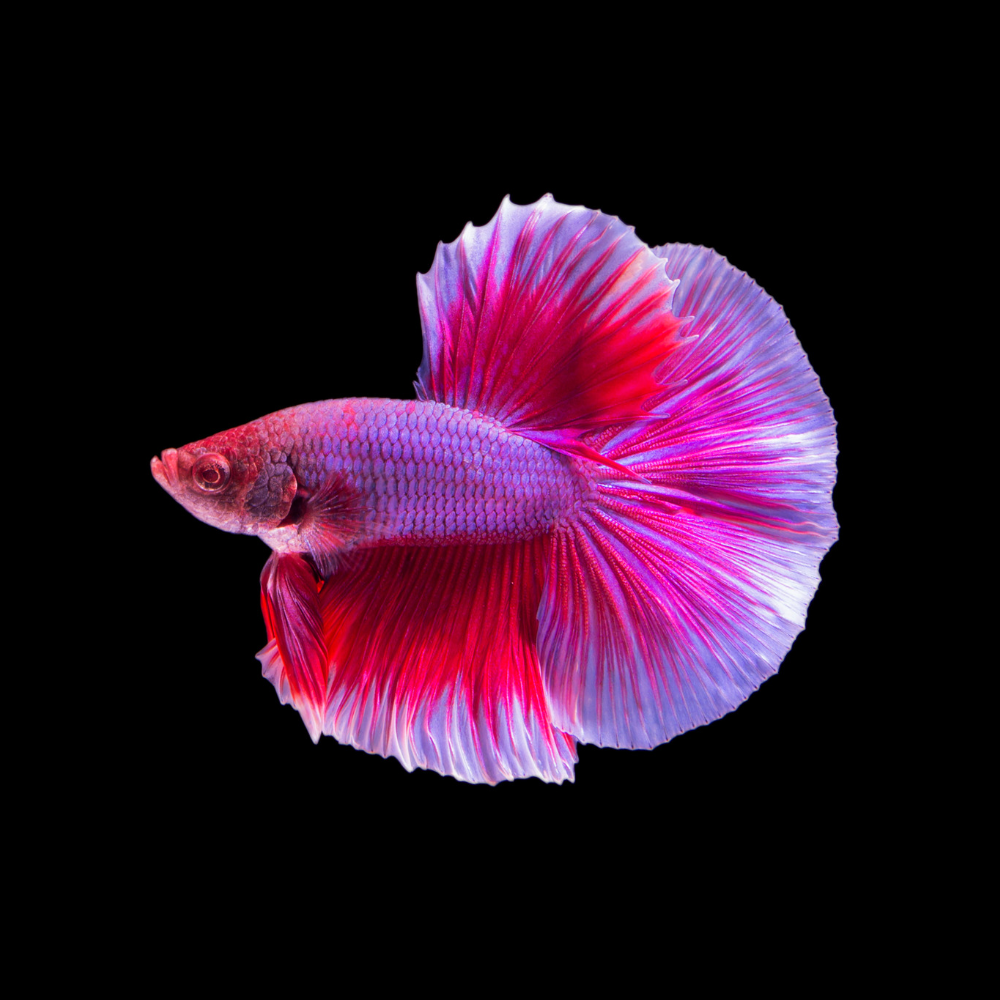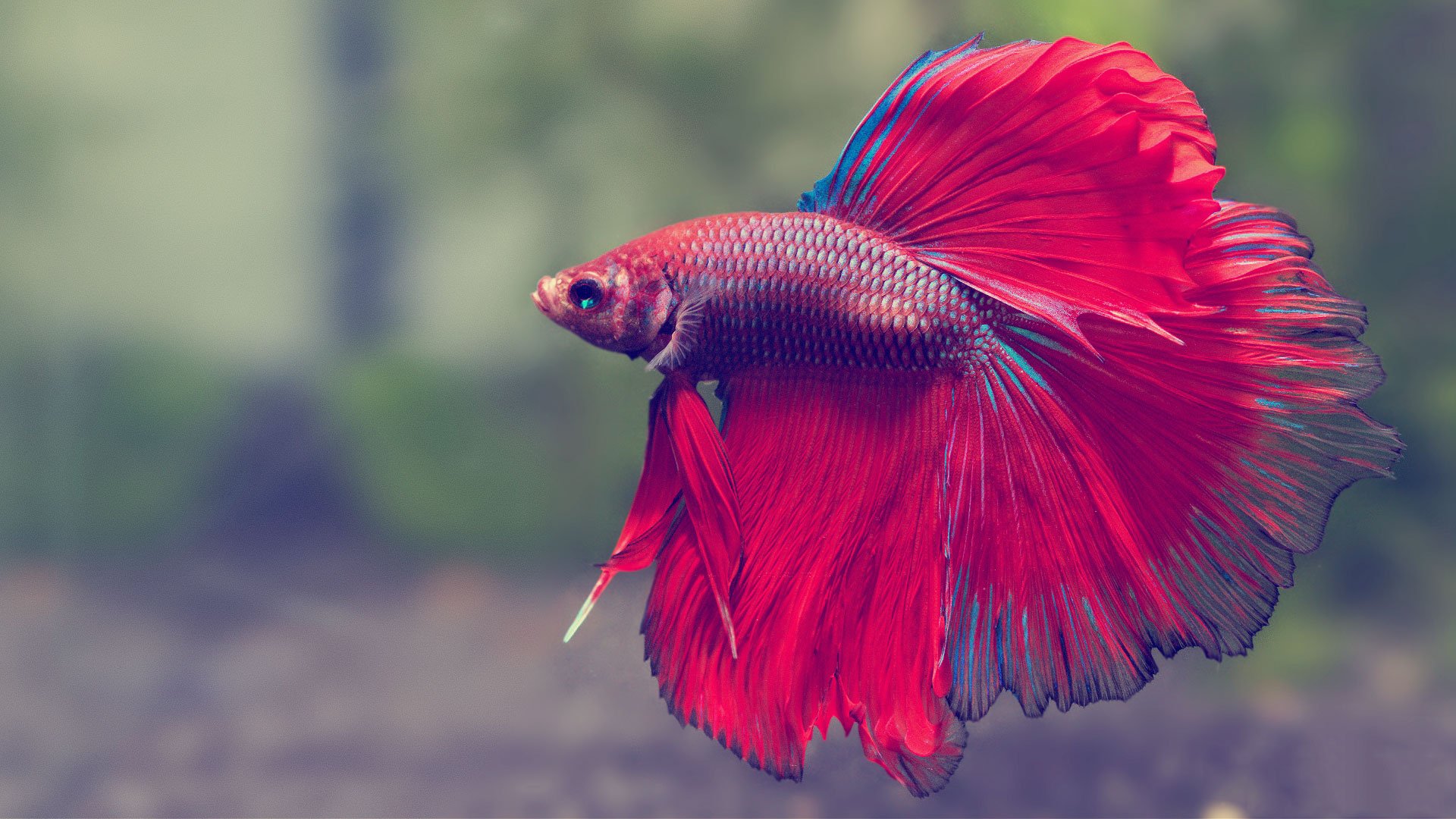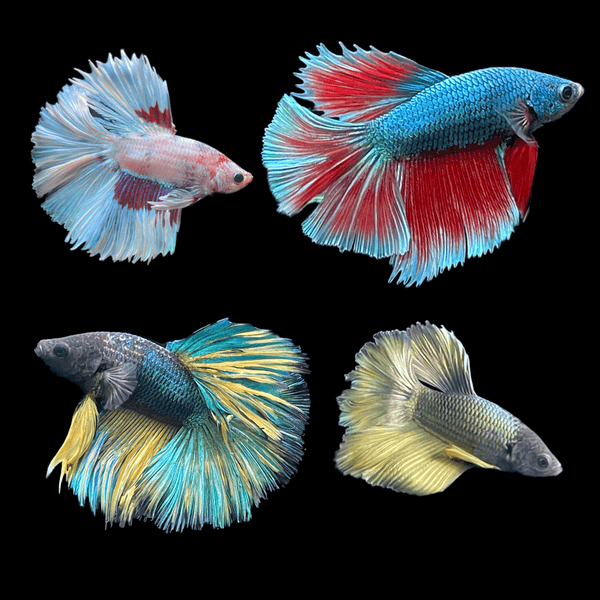The Ultimate Betta Fish Treatment Overview for New Family Pet Owners
Wiki Article
Reproducing Betta Fish: a Comprehensive Step-By-Step Guide to Effectively Raising Child Bettas From Eggs to Their Adult Years
Reproducing Betta fish is a careful venture that calls for mindful preparation and implementation to make certain the effective growth of fry from eggs to grow fish. As the male Betta diligently constructs a bubble nest and guards the precious eggs, the subsequent stages of care and transition need focus to information and knowledge of best methods.
Picking Reproduction Pairs
When beginning on the trip of reproducing Betta fish, choosing the right reproduction pairs is critical to accomplishing desirable qualities and a healthy and balanced lineage - betta fish. The very first step in this process is to determine the certain characteristics you want to improve or protect, such as shade, fin type, and body form. It is vital to choose genetically diverse sets to stay clear of inbreeding, which can result in health and wellness issues and unwanted qualitiesEvaluate prospective reproducing candidates carefully. A healthy and balanced male Betta should display vivid colors, an energetic temperament, and well-formed fins, while the woman should likewise present lively coloration and a rounded stubborn belly, indicating readiness for spawning. Observing the character of both fish is vital, as aggressive or extremely shy individuals might not reproduce efficiently.
Paperwork of family tree is just as important. Keeping documents of the moms and dad fish's ancestry can assist you track hereditary characteristics and prospective concerns. In addition, speak with reputable breeders or on the internet sources for advice on selecting compatible pairs. Eventually, spending time in the option process will dramatically enhance the possibility of creating strong, lively spawn that fulfill your breeding goals (betta fish).

Preparing the Reproduction Storage Tank
Developing an ideal reproduction setting is a vital step after selecting ideal pairs for Betta fish. The reproduction storage tank should be specifically made to offer convenience and promote the natural reproduction behaviors of the fish. Begin with a container dimension of at the very least 10 gallons to guarantee ample area for both the man and female Bettas.Keep a mild filtering system to maintain the water clean while staying clear of strong currents that can emphasize the fish. Additionally, an air rock can be included to offer oxygenation without interfering with the water surface excessive.
Temperature level regulation is crucial; go for a steady array of 78-82 ° F(25-28 ° C) utilizing a reliable heating unit. The pH degree should be preserved in between 6.5 and 7.5, and normal water modifications are needed to make certain high water quality.
Integrate drifting plants or spawning mops to produce hiding spots for the woman, while also urging bubble nest building by the male - betta fish. Lastly, guarantee the storage useful source tank is without sharp designs and any potential dangers, as the well-being of the fish need to always be prioritized during this important stage of reproduction.
The Breeding Process
Generally, the reproducing procedure for Betta fish entails a collection of distinctive and visible actions that show preparedness for recreation. The male Betta starts by constructing a bubble nest at the water's surface area, which offers as a website for the fed eggs. This nest is vital, as it supplies a secure environment for the eggs until they hatch out.As soon as the nest is developed, the male will display courtship actions, such as flaring his fins and showing vivid colors to bring in the woman. The woman, upon sensing the man's readiness, will certainly respond by displaying vertical red stripes along her body, indicating her receptiveness.
The fertilized eggs after that fall to the bubble nest, where the male meticulously gathers and returns them to the nest. Following this, the male assumes duty for protecting the nest and making sure the safety of the eggs till they hatch, normally within 24-36 hours.
Taking Care Of Betta Fry
Caring for Betta fry calls for mindful attention to their environment and nourishment to make certain healthy growth and development. After hatching, Betta fry are very tiny and at risk, necessitating a steady and clean environment.Feeding Betta fry is just as vital. They must be offered infusoria or carefully smashed top quality fry food, as their mouths are as well tiny to take care of larger particles. As they grow, you can progressively present larger foods, such as child salt water shrimp or powdered flakes, to guarantee they obtain adequate nourishment. Feed them percentages numerous times a day, taking care not to overfeed, which can lead to water top quality concerns.
Transitioning to Adult Bettas
As Betta fry fully grown, transitioning them to grown-up Bettas is a critical phase that requires careful monitoring of their setting and social communications. This process usually begins when the fry reach around six weeks of age, whereupon they can be progressively presented to a more organized living atmosphere.To promote this transition, it is vital to make sure that the water parameters-- such as temperature check this level, pH, and ammonia levels-- are optimum and stable. Grown-up Betta fish thrive in cozy water (around 78-80 ° F) with a pH of 6.5 to 7.5. Gradually accommodate the fry to these conditions to reduce stress and anxiety.
Social communications are an additional key aspect; man Bettas are notoriously territorial and Visit Website hostile. For that reason, it is suggested to separate males into individual storage tanks as they grow. Women Bettas can be housed together, however treatment should be taken to keep an eye on for signs of hostility.
Furthermore, nutritional adjustments ought to be made as the fry expand. Include premium pellets and live foods to sustain their development and health. By managing these variables efficiently, you can promote an effective change to the adult years for your Betta fish.

Conclusion
Successful breeding of Betta fish needs careful attention to information throughout the whole procedure, from choosing genetically diverse sets to offering ideal look after fry. By guaranteeing suitable reproduction problems and maintaining water quality, the chance of healthy and balanced spawn raises dramatically. Furthermore, a balanced diet and steady adaptation to grown-up atmospheres are important for the growth and development of Betta fish. Adhering to these actions vigilantly cultivates a prospering population of Betta fish, boosting both their health and wellness and vitality.Report this wiki page